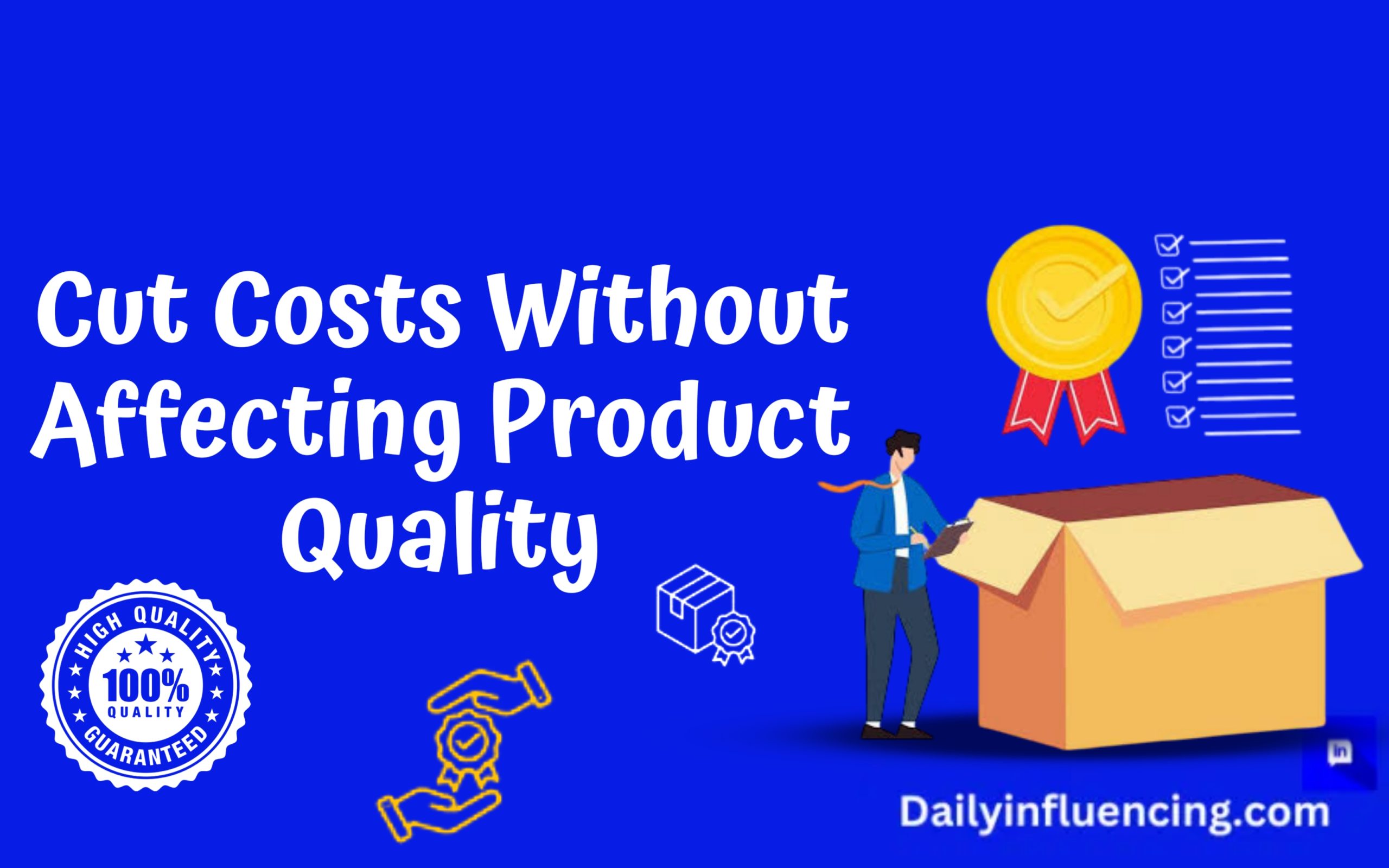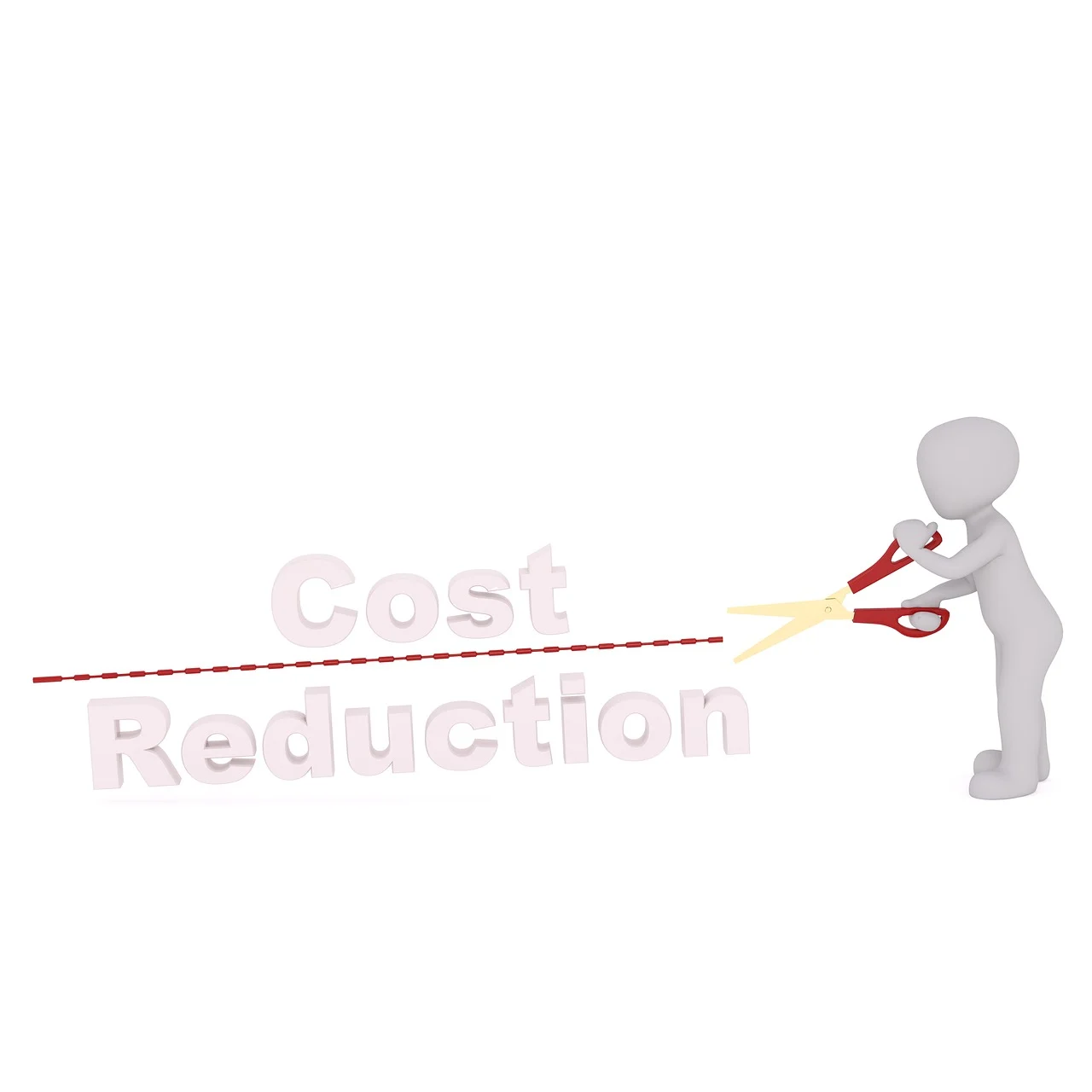
How to cut costs effectively is one of the most important skills any business owner, manager, or even household budgeter can learn. In our competitive economy today, finding ways to reduce expenses while maintaining excellent quality can mean the difference between thriving and just surviving. But here’s the good news: cutting costs doesn’t have to mean cutting corners. With the right strategies, you can actually improve your operations while spending less money.
Many people make the mistake of thinking that cutting costs automatically leads to poorer quality products or services. This simply isn’t true. In fact, when done correctly, cost reduction can lead to smarter operations, less waste, and even better customer satisfaction. The secret lies in being strategic about where and how you reduce spending, while protecting the aspects of your business that deliver real value to your customers.
Whether you’re running a multi-million dollar company, a small home business, or just trying to manage your personal finances better, the principles of smart cost reduction remain the same. It’s all about identifying unnecessary expenses, finding more efficient ways to operate, and making sure every dollar you spend is working hard for you. The best part? Many of these strategies can be implemented quickly and don’t require major upheavals to your current operations.
In this comprehensive guide, we’ll walk through more than a dozen proven methods for how to cut costs without sacrificing quality. We’ll cover everything from negotiating better deals with suppliers to leveraging technology for maximum efficiency. By the time you finish reading, you’ll have a clear action plan for reducing expenses while maintaining – and often improving – the quality of what you offer.
Steps To Cut Costs Without Affecting The Quality Of Your Product

Conduct a Thorough Expense Audit
Before you can effectively cut costs, you need to know exactly where your money is going. This means conducting a detailed review of all your expenses, both large and small. For businesses, this includes everything from raw material costs to software subscriptions. For personal budgets, it means tracking every expense from groceries to entertainment.
Start by gathering at least three months’ worth of financial records. Create categories for your expenses (like office supplies, utilities, or dining out) and calculate how much you’re spending in each area. Look for patterns: Are there certain times when spending spikes? Are there recurring payments for services you no longer use?
This audit will reveal surprising opportunities for savings. You might discover you’re paying for multiple similar software tools when one would suffice, or that certain suppliers have gradually increased prices without you noticing.
Renegotiate Contracts And Supplier Agreements
One of the most effective ways to cut costs is by negotiating better deals with your vendors and suppliers. Many businesses simply accept standard rates without questioning whether better terms are available. The truth is, most suppliers are willing to negotiate, especially if you’re a loyal customer or can offer something in return (like prompt payments or larger orders).
Start by researching what competitors are charging for similar products or services. Then, approach your current suppliers with this information and ask if they can match or beat these prices. Consider asking for:
- Volume discounts for larger orders
- Longer payment terms to improve cash flow
- Price freezes for a set period
- Bundled services at reduced rates
If a supplier won’t budge, don’t be afraid to shop around. You might find another vendor offering comparable quality at better prices. One manufacturing client saved 22% on materials simply by getting quotes from three new suppliers and using these to negotiate with their current vendor.
Implement Lean Operations Principles

The lean methodology, originally developed by Toyota, focuses on eliminating waste while preserving value. Applying these principles is one of the smartest ways to cut costs without reducing quality. There are eight types of waste to target:
- Overproduction (making more than needed)
- Waiting (idle time between processes)
- Transportation (unnecessary movement of materials)
- Over-processing (doing more work than required)
- Excess inventory (tying up cash in unused stock)
- Unnecessary motion (inefficient workspace layouts)
- Defects (errors requiring rework)
- Unused talent (not leveraging employee skills fully)
For example, a printing company might:
Reduce paper waste by optimizing cutting patterns
Rearrange workstations to minimize movement
Implement quality checks to catch errors early
Cross-train employees to handle multiple tasks
These changes often require little to no financial investment but can yield significant savings.
Embrace Technology And Automation
With the high growth of technology today, it offers countless opportunities to cut costs while improving quality and efficiency. The key is identifying repetitive, time-consuming tasks that can be automated or streamlined with software solutions.
Consider These Automation Opportunities:
Accounting: Cloud-based systems like QuickBooks or Xero can automate invoicing, expense tracking, and financial reporting, reducing accounting fees and errors.
Customer Service: Chatbots and AI-powered help centers can handle routine inquiries, freeing staff for complex issues.
Marketing: Email automation tools can send personalized messages at scale for a fraction of traditional marketing costs.
Inventory Management: Smart systems can track stock levels in real-time, preventing over-ordering and stockouts.
Optimize Your Workforce

Labor costs are often a business’s largest expense, but there are smart ways to cut costs here without layoffs or reducing quality:
Cross-training employees so they can handle multiple roles
Implementing flexible scheduling to match staffing with demand
Offering remote work options to reduce office space needs
Using freelancers or contractors for specialized or seasonal work
Improving training to boost productivity and reduce errors
Reduce Energy And Utility Costs
Utility expenses are often overlooked when considering how to cut costs, but they can represent significant savings opportunities:
Switch to LED lighting (uses 75% less energy than incandescent)
Install programmable thermostats
Conduct an energy audit to identify waste
Negotiate better rates with utility providers
Implement “power down” policies for equipment
Streamline Your Product Or Service Offerings
Many businesses fall into the trap of offering too many variations, which increases complexity and costs. Analyze which products or services:
Generate the most profit
Have the highest customer demand
Require the most resources to produce
Consider eliminating or simplifying low-performing offerings. A software company can increase profits by some percentage after discontinuing five rarely-used features that were costly to maintain.
Improve Your Supply Chain
Optimizing how materials move through your supply chain can significantly cut costs:
Consolidate shipments to get better freight rates
Source materials locally when possible
Implement just-in-time inventory systems
Build relationships with reliable suppliers
An auto parts manufacturer can also reduce logistics costs by working with a third-party logistics provider to optimize their shipping routes.
Leverage Bulk Purchasing Power
Buying in larger quantities often leads to substantial per-unit savings. Consider:
Forming buying cooperatives with other businesses
Timing large purchases to seasonal discounts
Negotiating contracts for regular bulk deliveries
However, be cautious not to over-purchase the savings only materialize if you use what you buy.
Implement Preventive Maintenance
Regular equipment maintenance might seem like an expense, but it prevents costly breakdowns and extends asset life. One factory reduced equipment repair costs by 40% after implementing a scheduled maintenance program.
Conclusion
Mastering how to cut costs without sacrificing quality is both an art and a science. As we’ve seen through numerous examples, strategic cost reduction isn’t about deprivation or cheap solutions – it’s about working smarter, eliminating waste, and ensuring every dollar spent delivers maximum value.
The most successful cost-cutting initiatives share several common traits. First, they’re data-driven, based on careful analysis rather than guesswork. Second, they focus on preserving (and often enhancing) what customers really value. Third, they engage the entire team in the process, recognizing that great ideas can come from anywhere in the organization.
Remember that small, consistent changes often yield better long-term results than dramatic cuts. A 5% reduction in several areas can add up to significant savings without disrupting operations or quality. The key is to view cost management as an ongoing process rather than a one-time event.
As you implement these strategies, keep measuring results. Track not just the dollars saved, but also the impact on quality, customer satisfaction, and employee morale. The most sustainable cost reductions are those that actually improve your business while saving money.
Now that you’re equipped with these practical strategies for how to cut costs effectively, the next step is action. Start with one or two areas where you see the most potential, implement changes methodically, and build from there. With persistence and smart execution, you’ll be amazed at how much you can save without compromising on quality.
Frequently Asked Questions (FAQs)
What’s the first step I should take when trying to cut costs?
Begin with a comprehensive expense audit to understand exactly where your money is going. This will reveal the most promising opportunities for savings.
How can I ensure cost-cutting doesn’t hurt product quality?
Focus on eliminating waste and inefficiencies rather than reducing inputs that directly affect quality. Always test changes on a small scale first.
What’s the biggest mistake people make when trying to cut costs?
Making across-the-board cuts without analyzing what actually drives value for customers. Strategic reductions work better than blanket austerity.
How often should I review costs in my business?
At minimum quarterly, but monthly reviews are ideal to catch issues early. Make cost management part of your regular business rhythm.
Can cutting costs actually improve my business?
Absolutely! Many cost-saving measures (like reducing waste or improving efficiency) simultaneously enhance quality, customer experience, and profitability.





